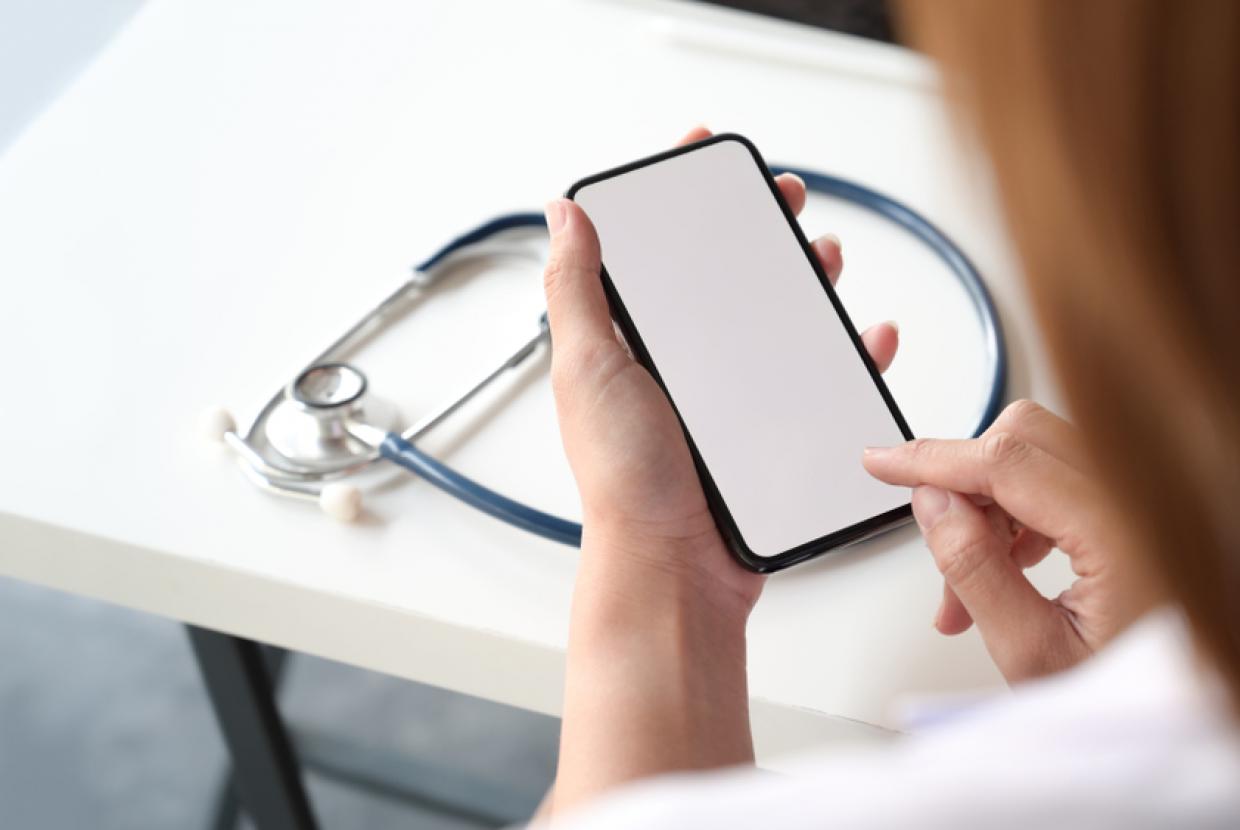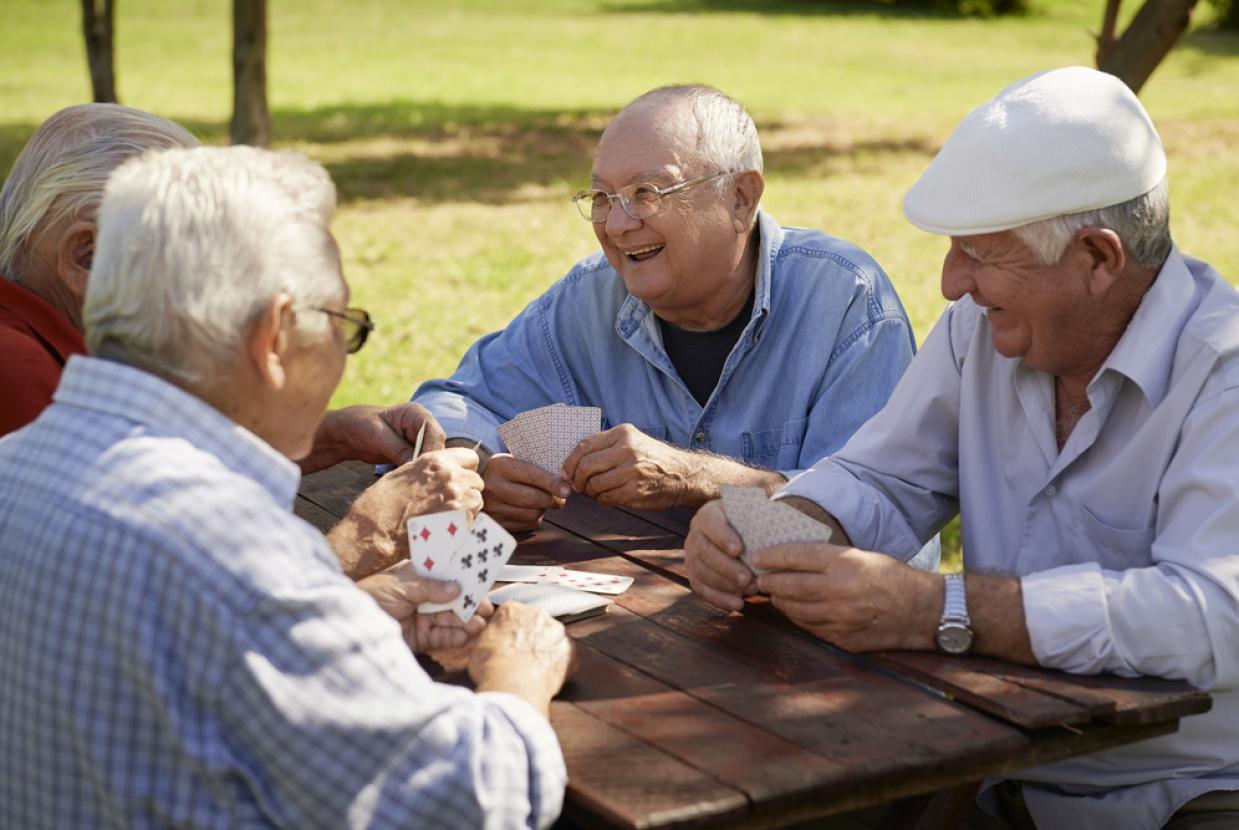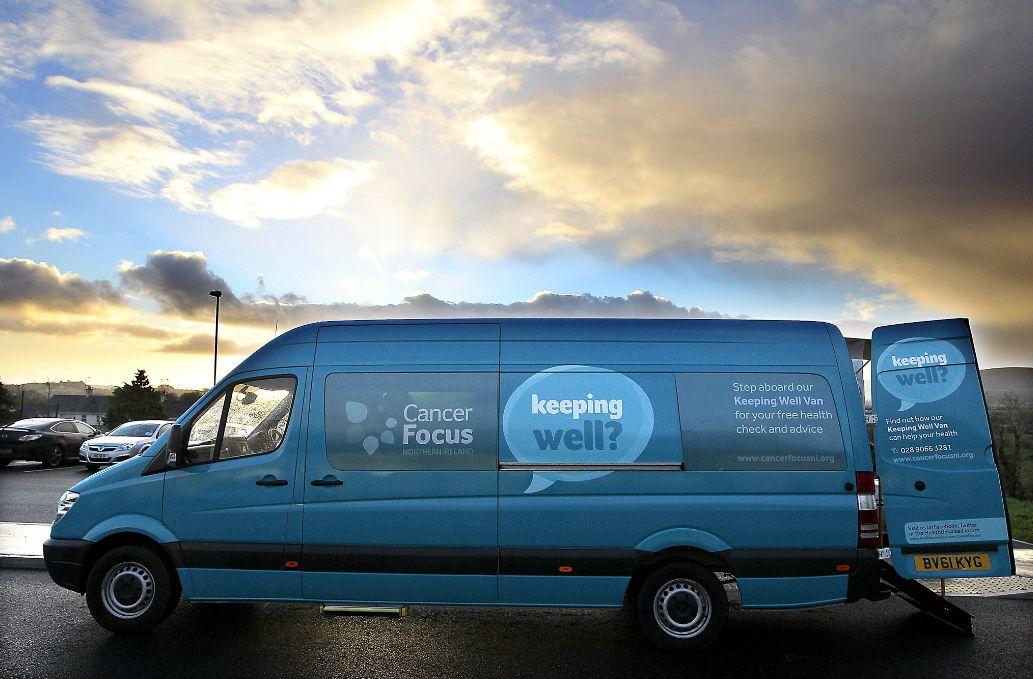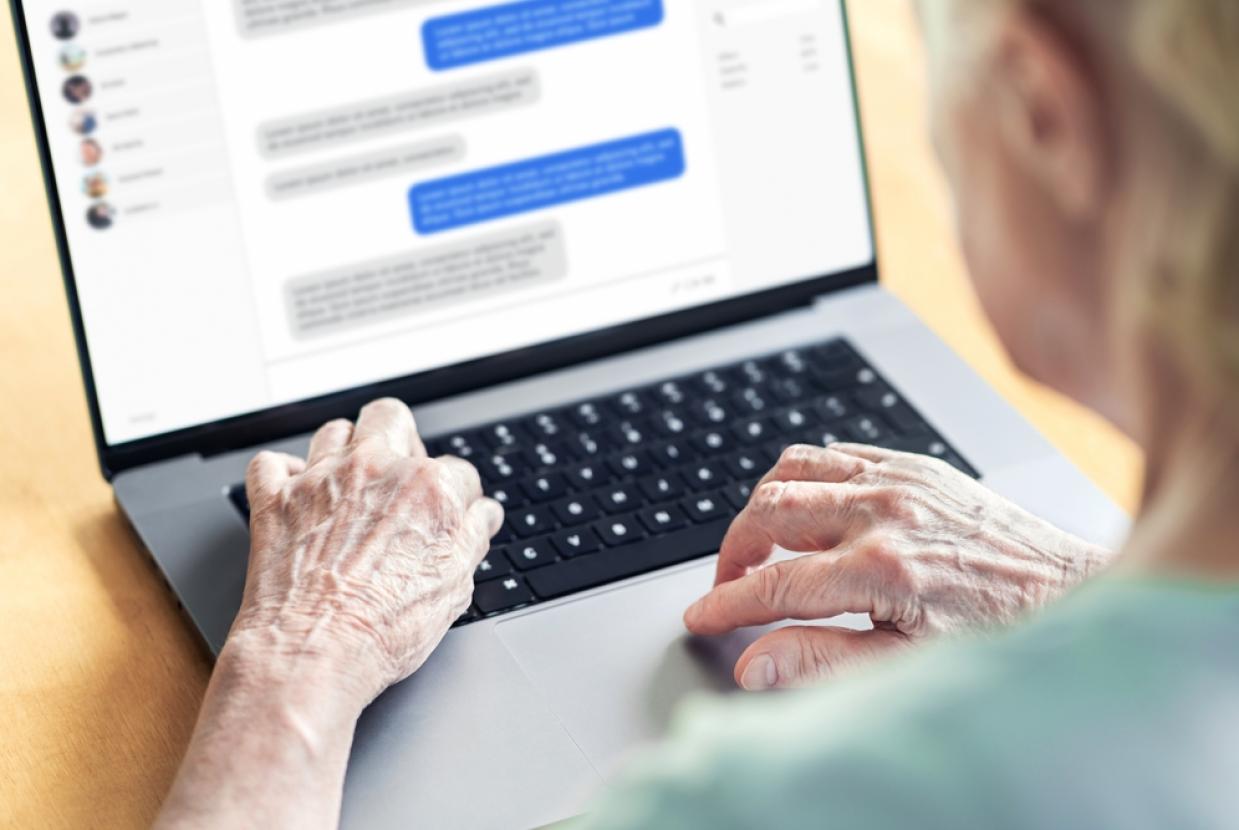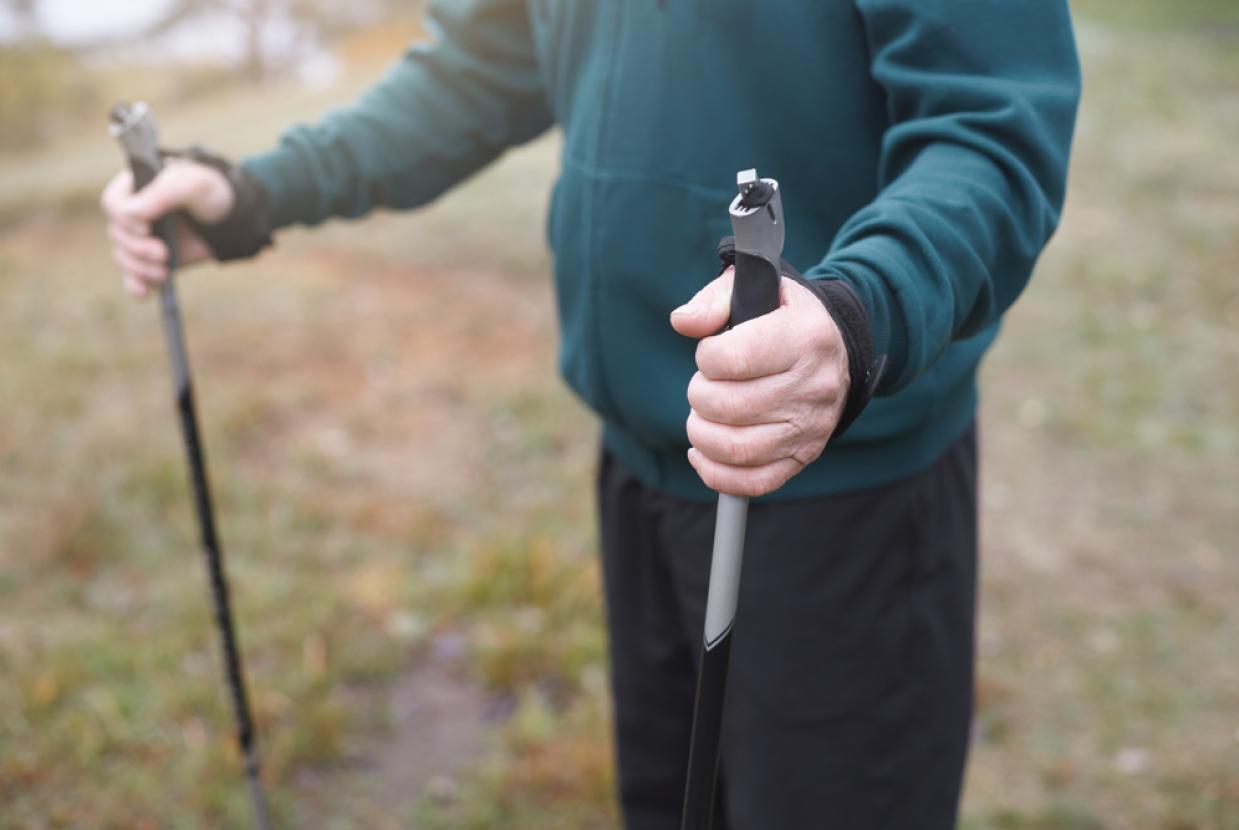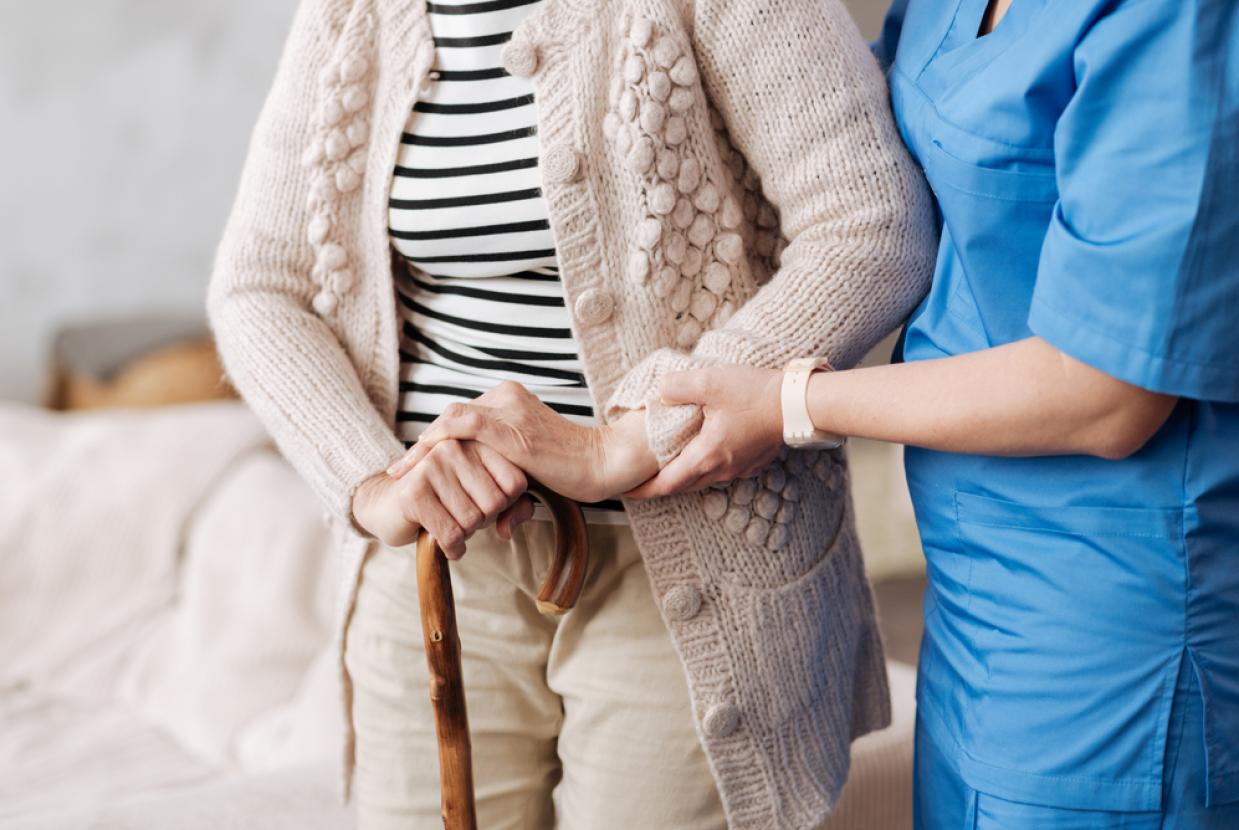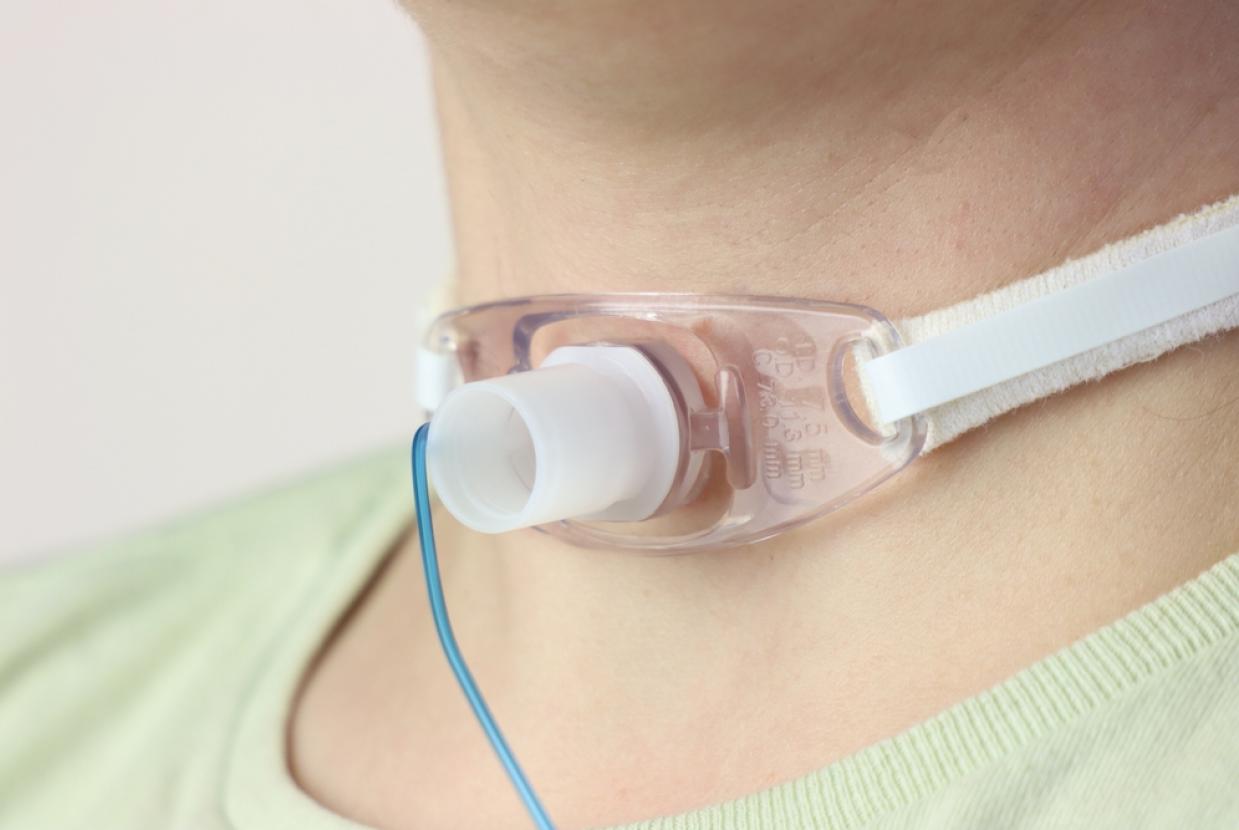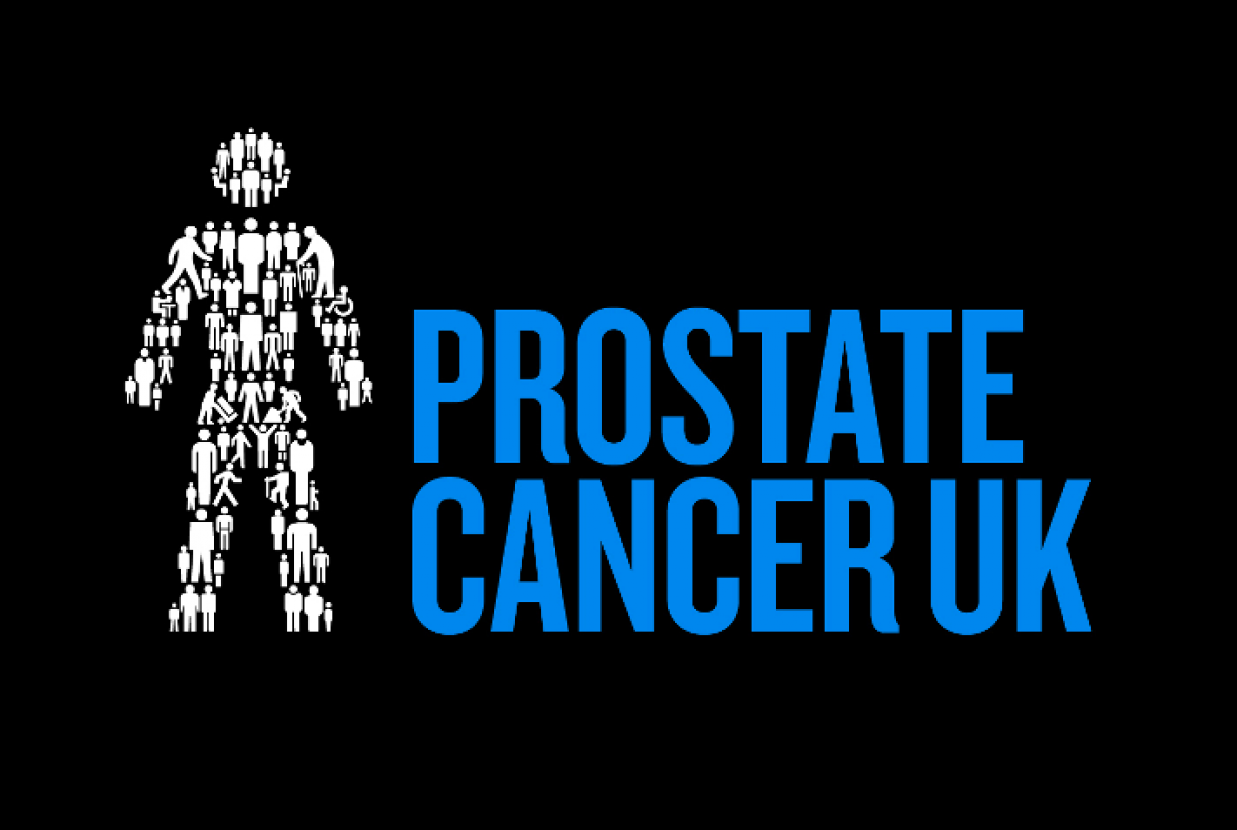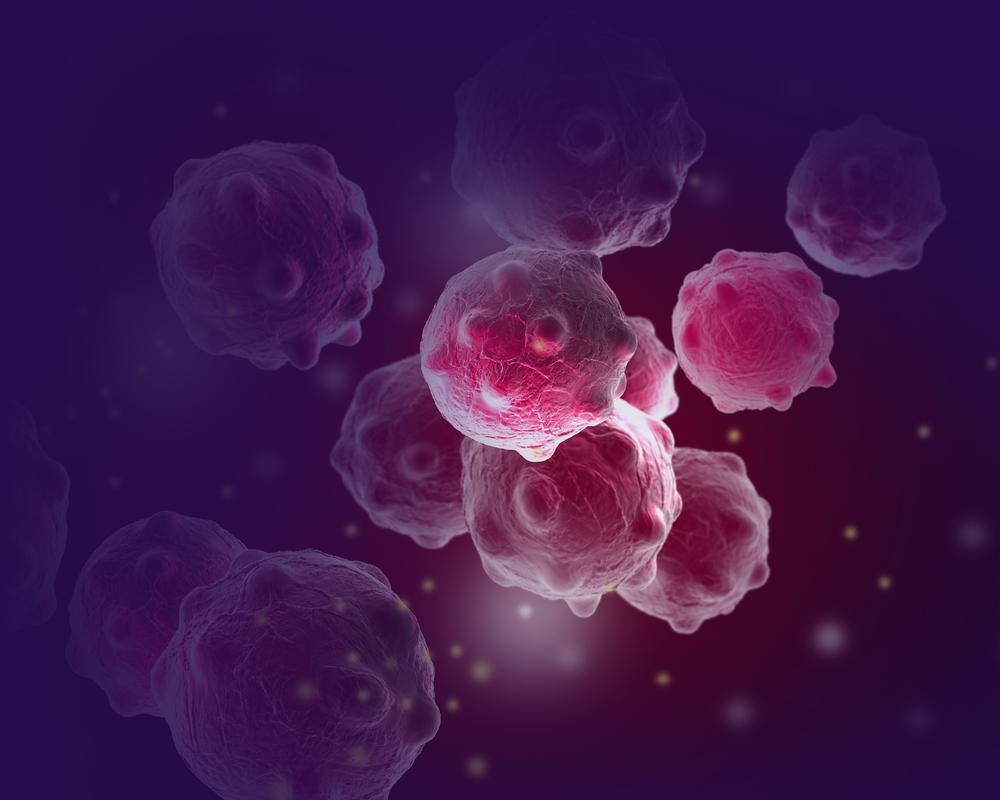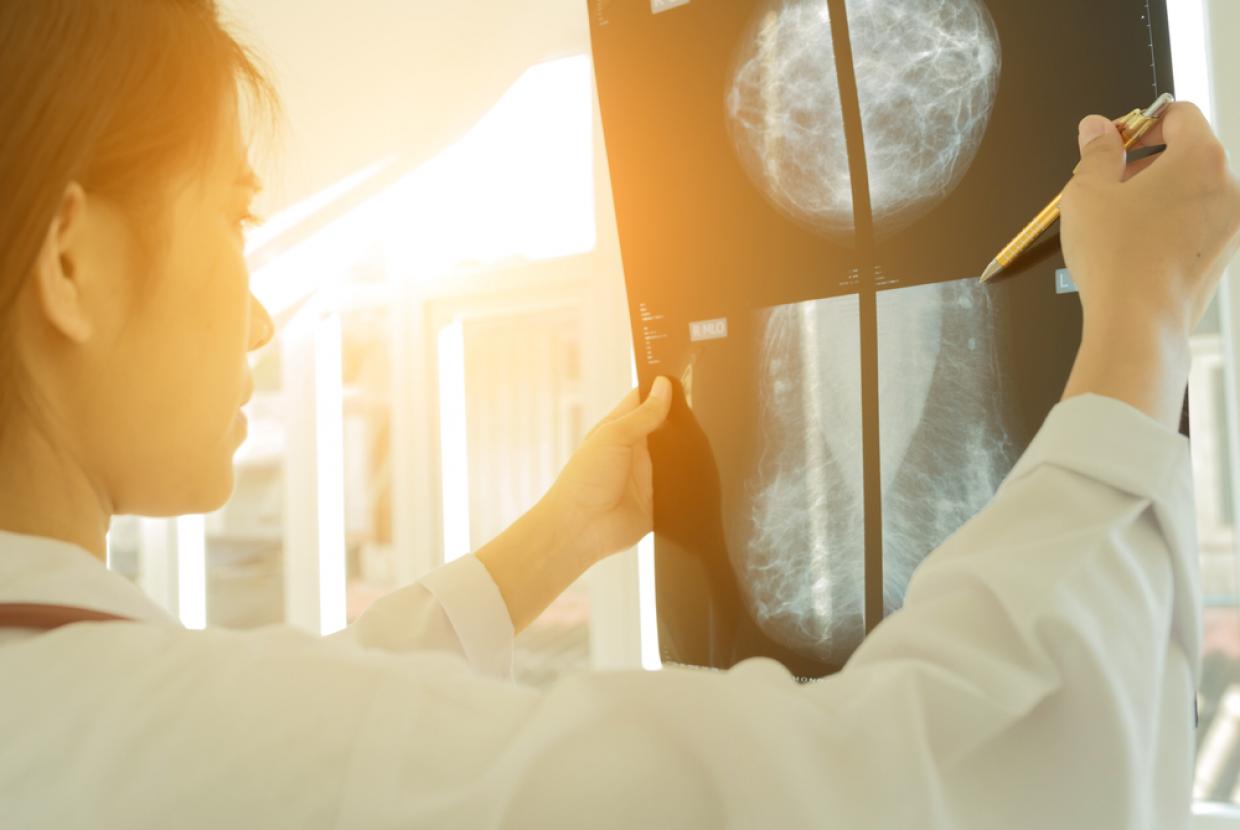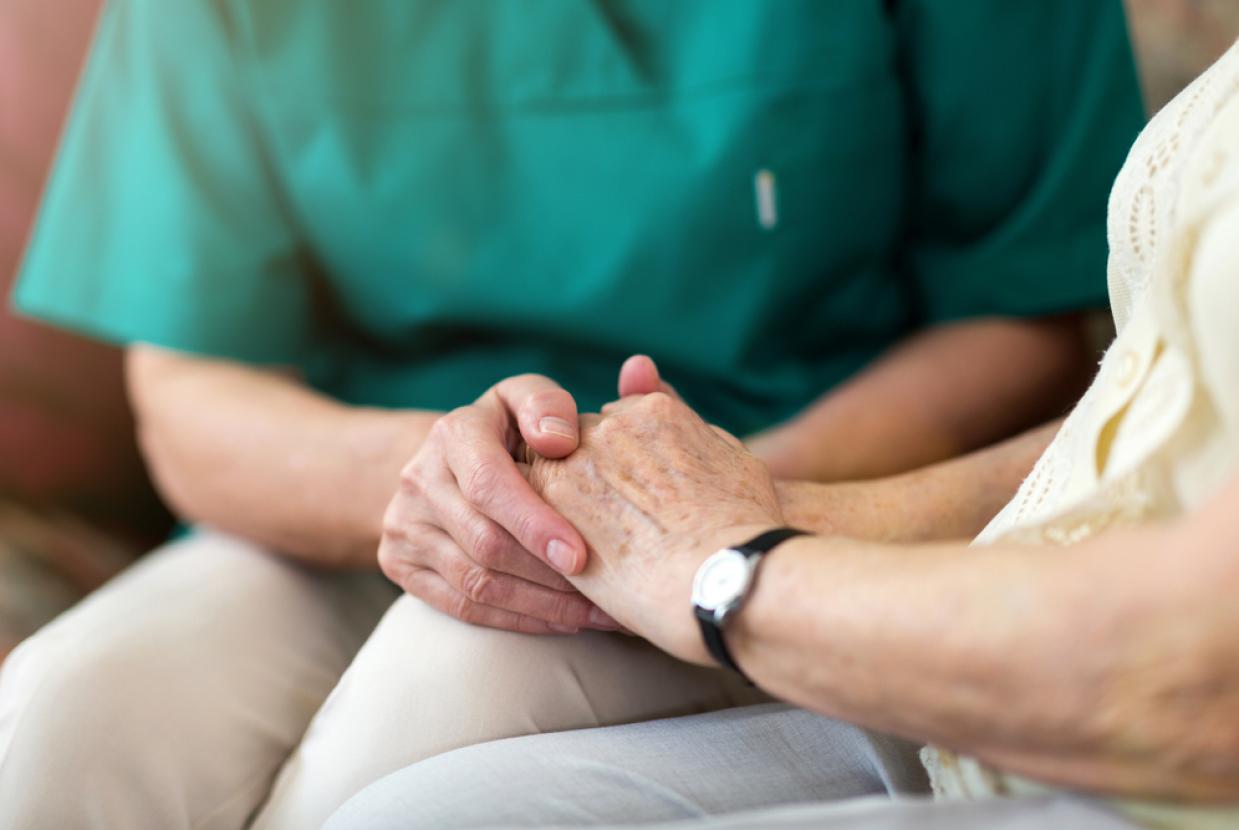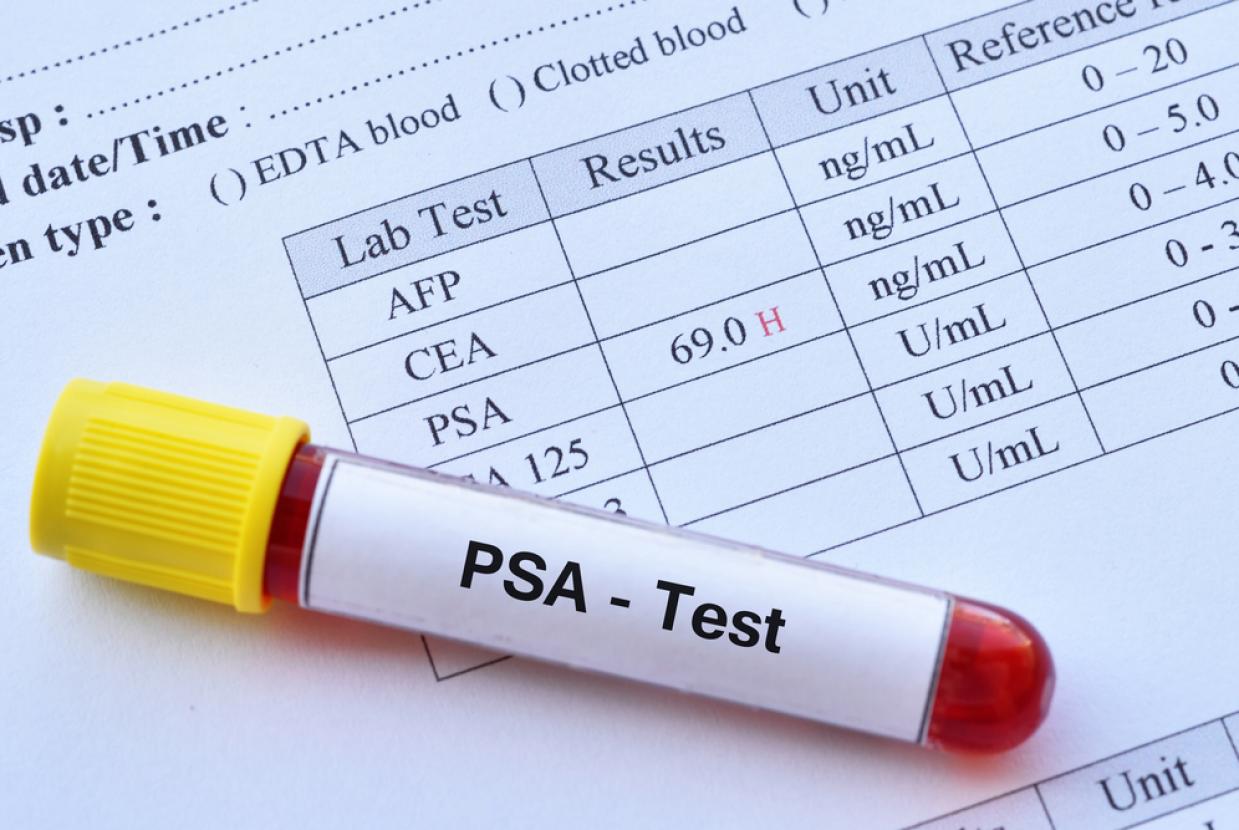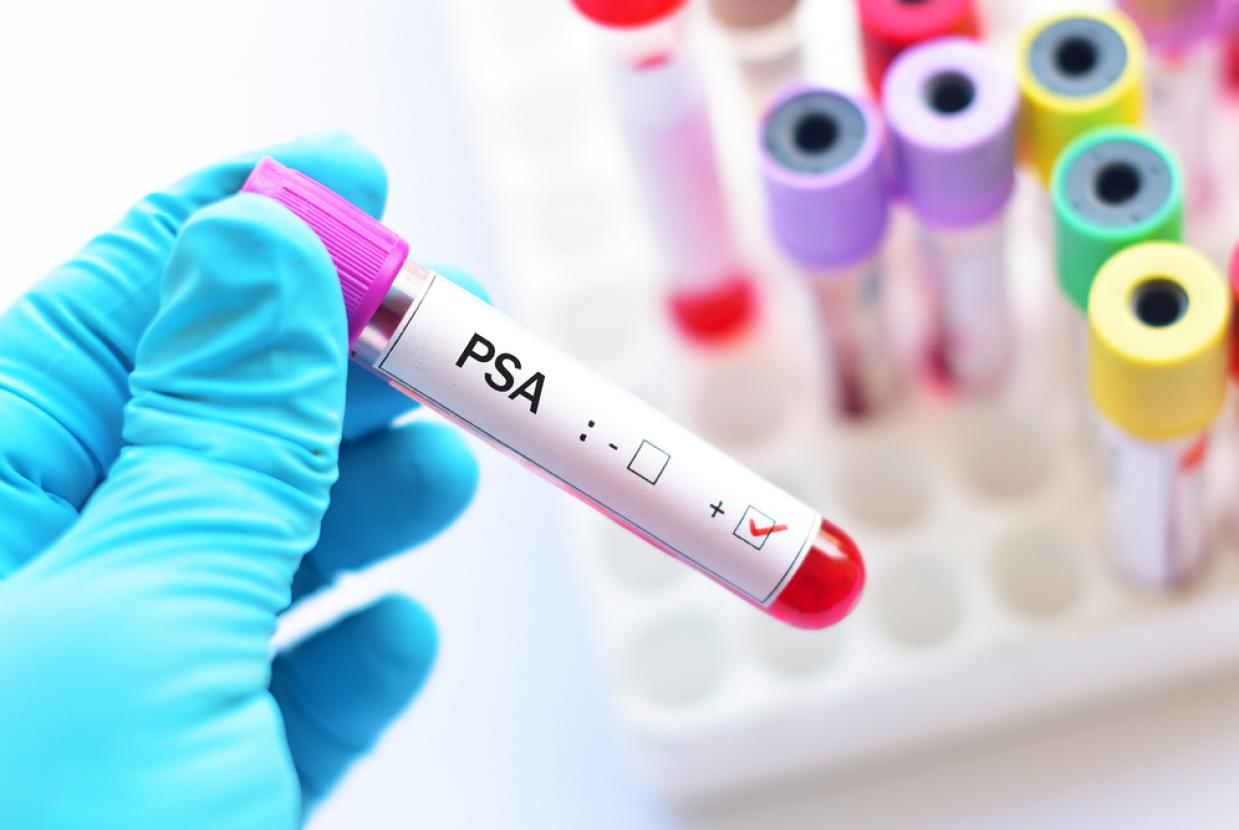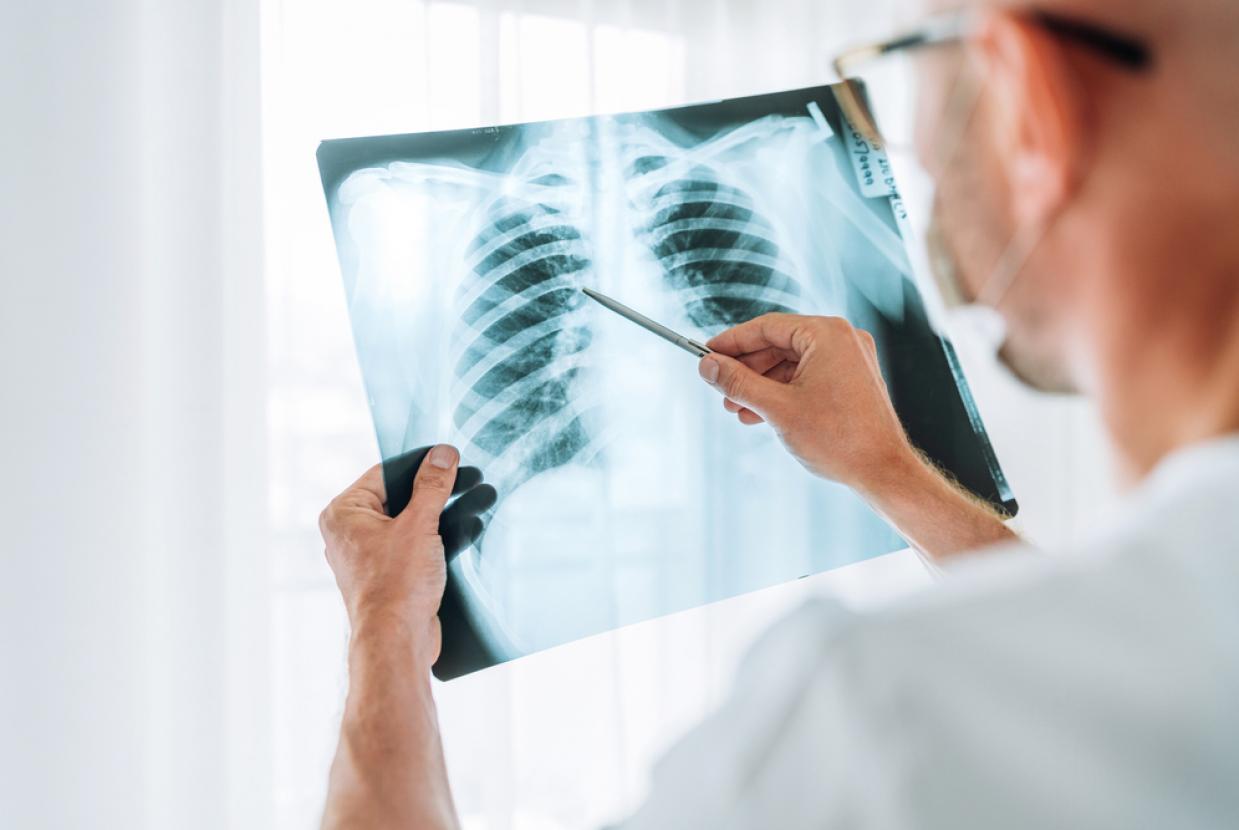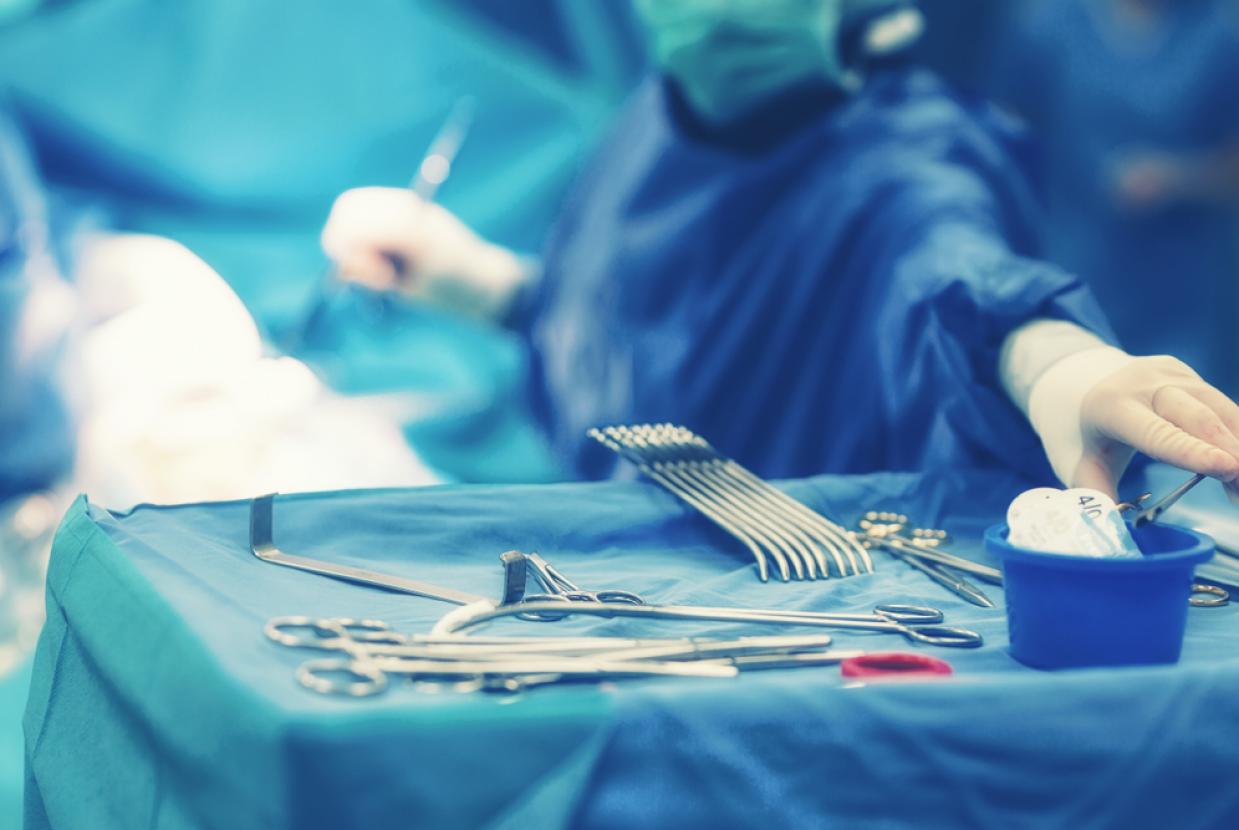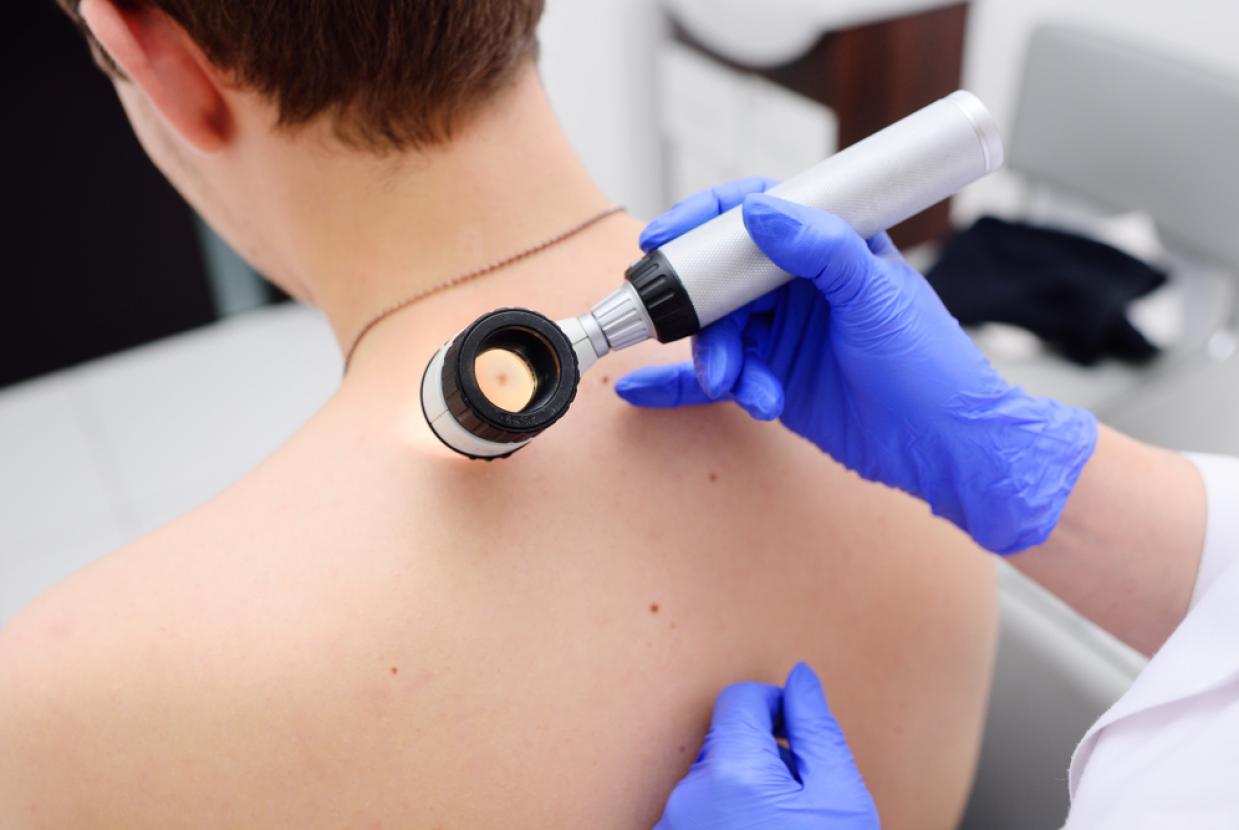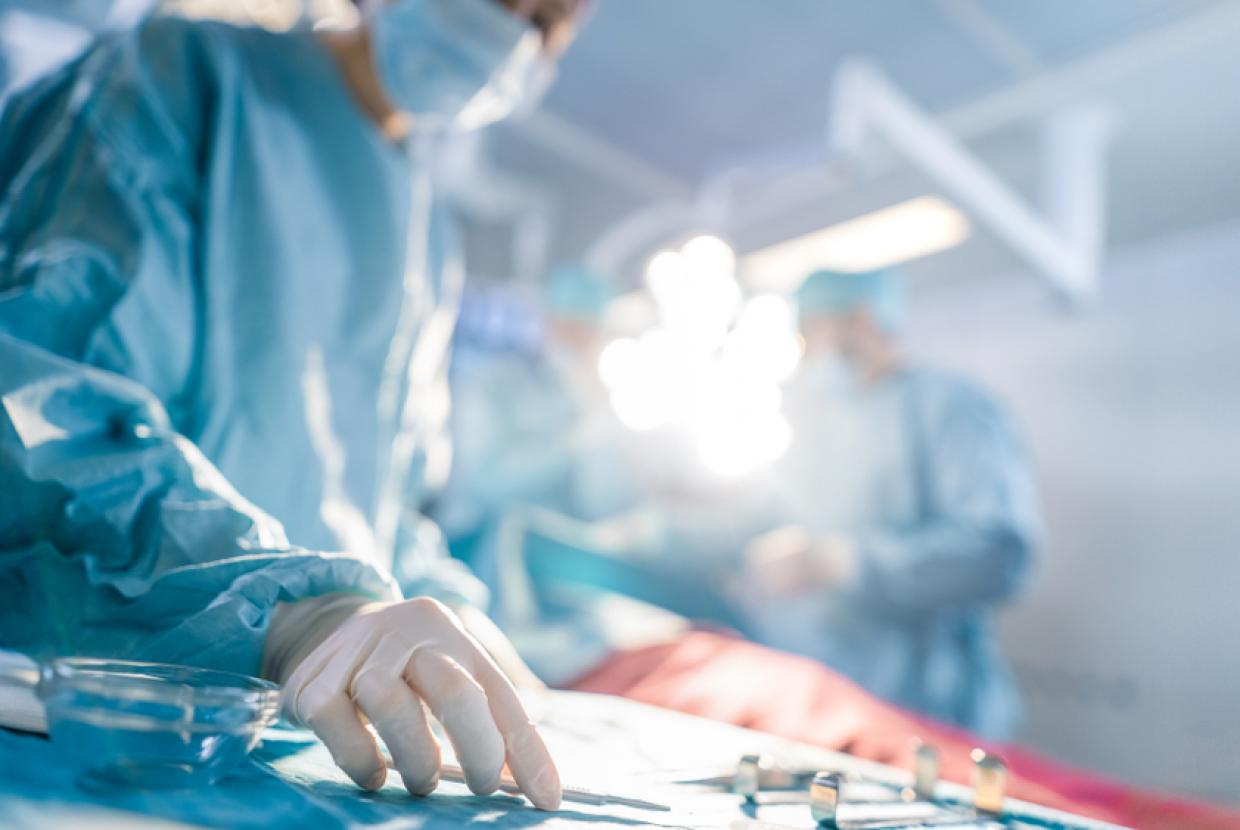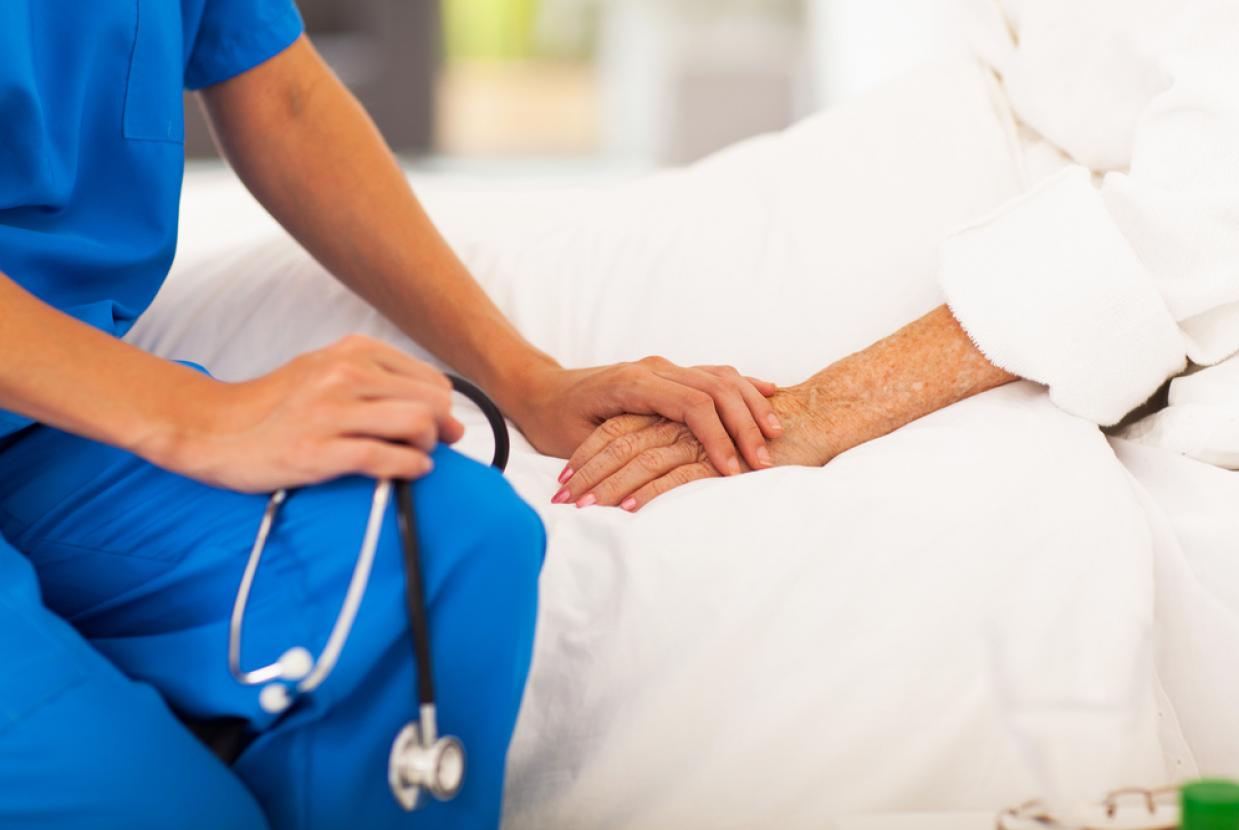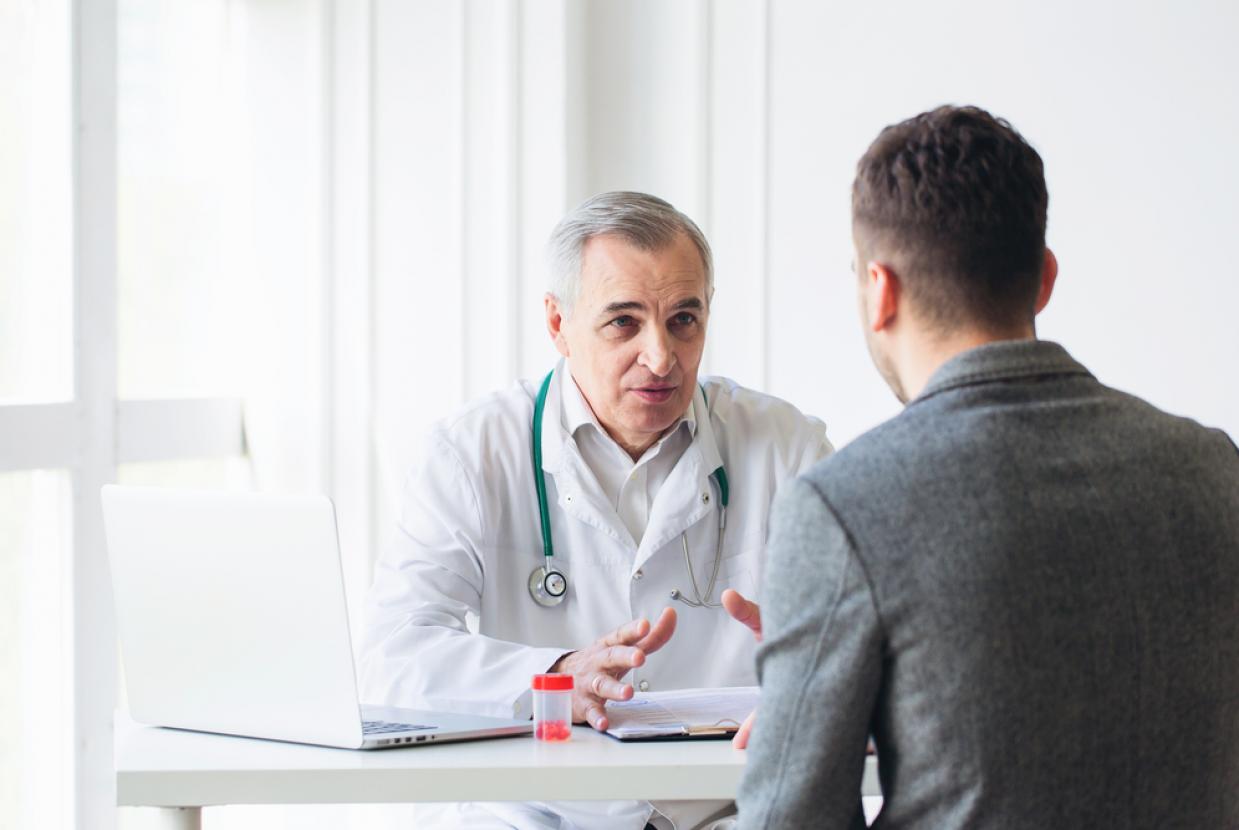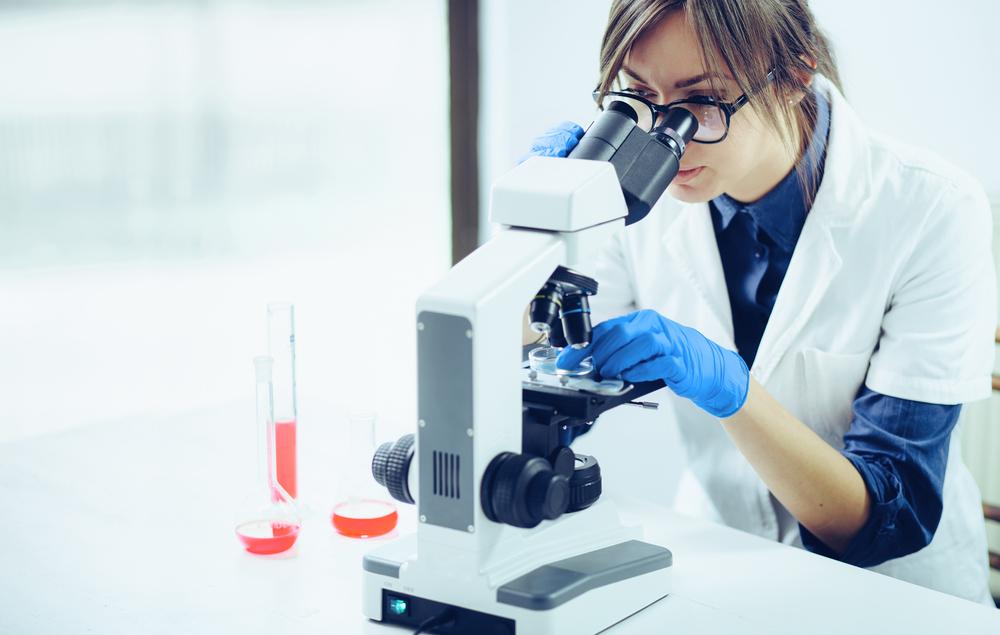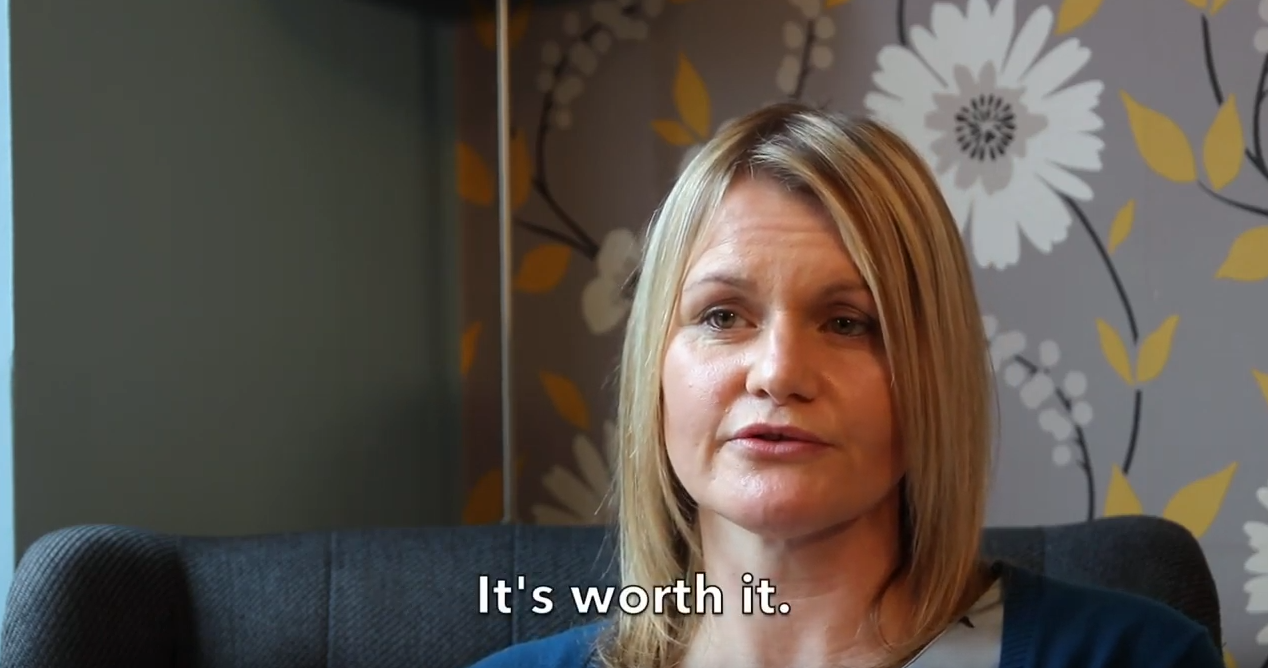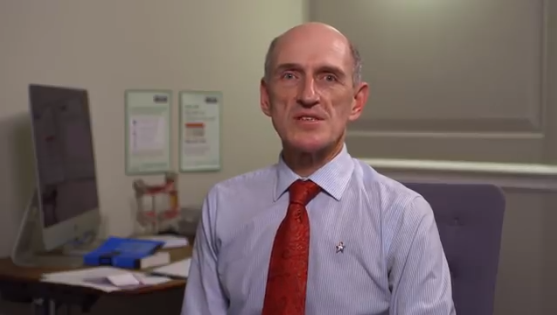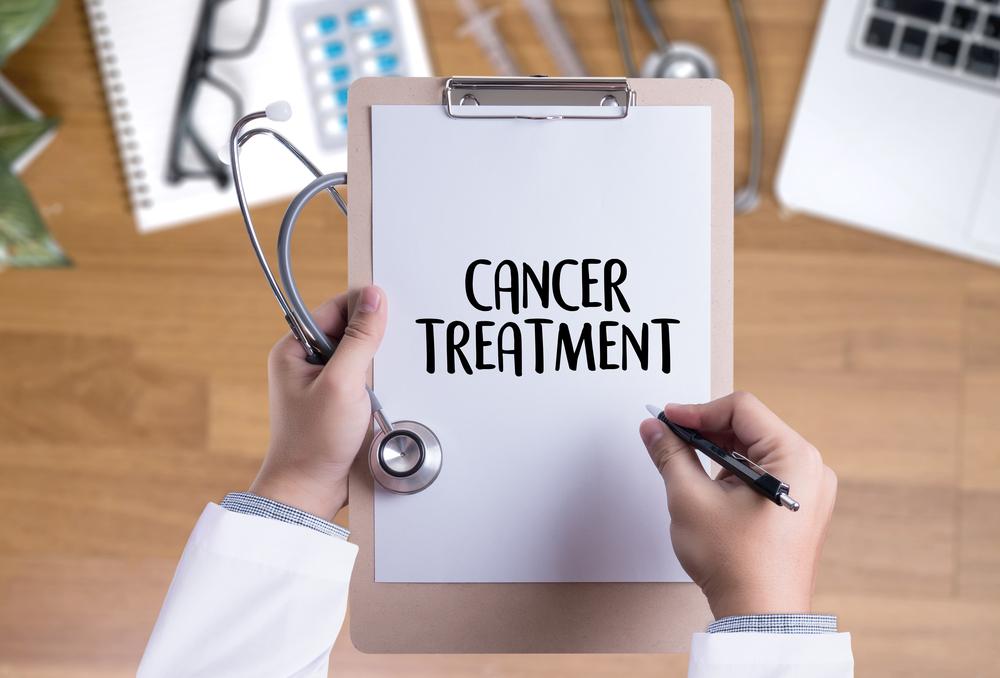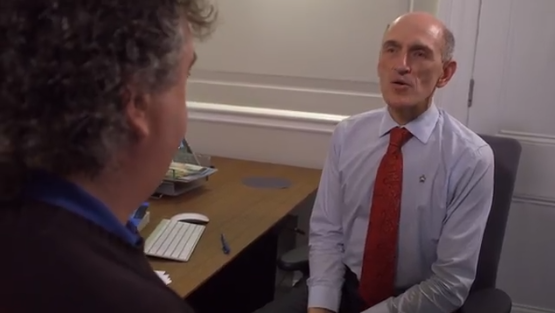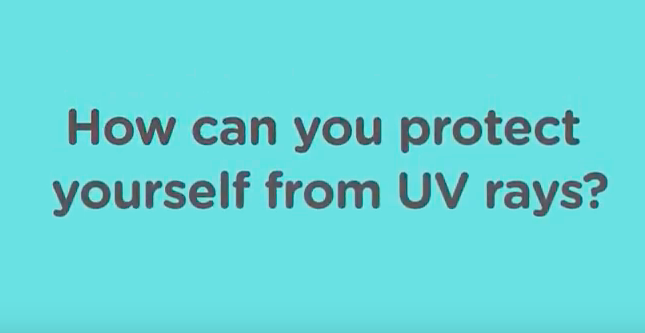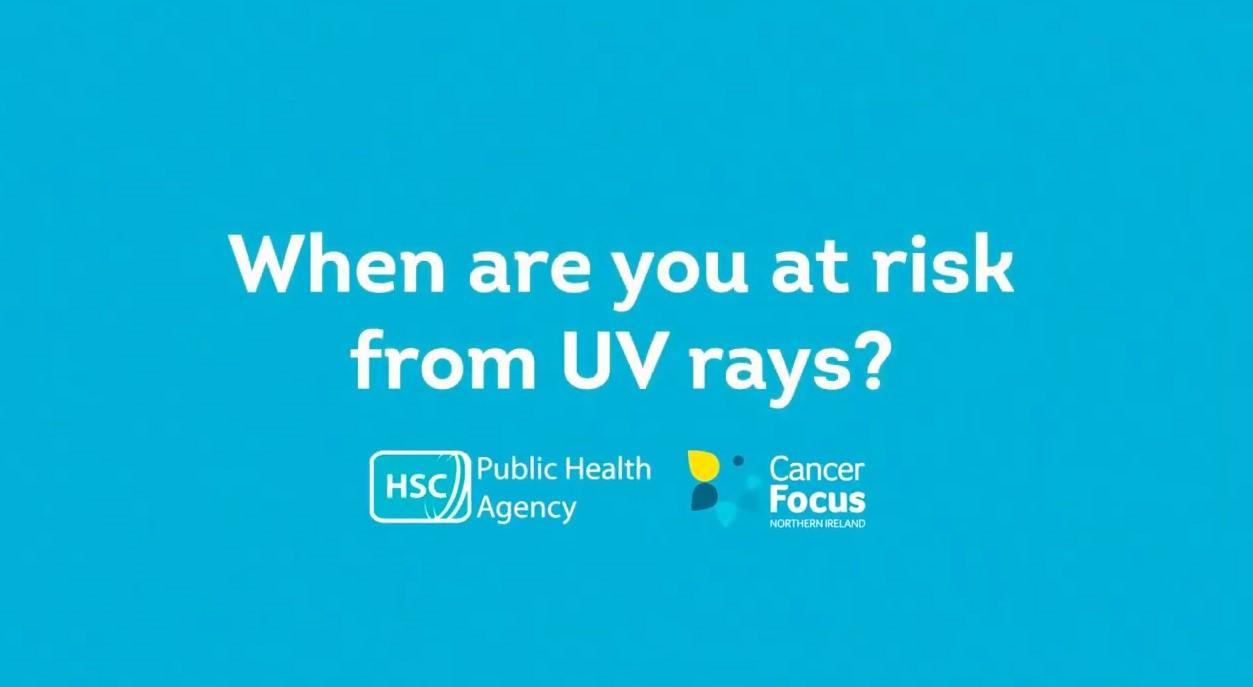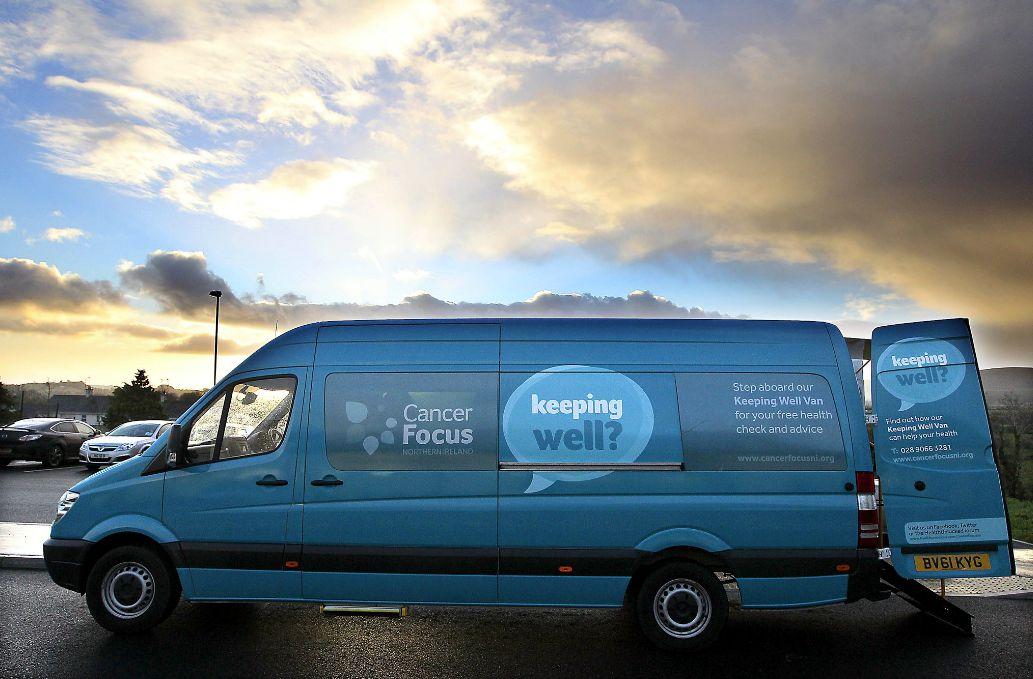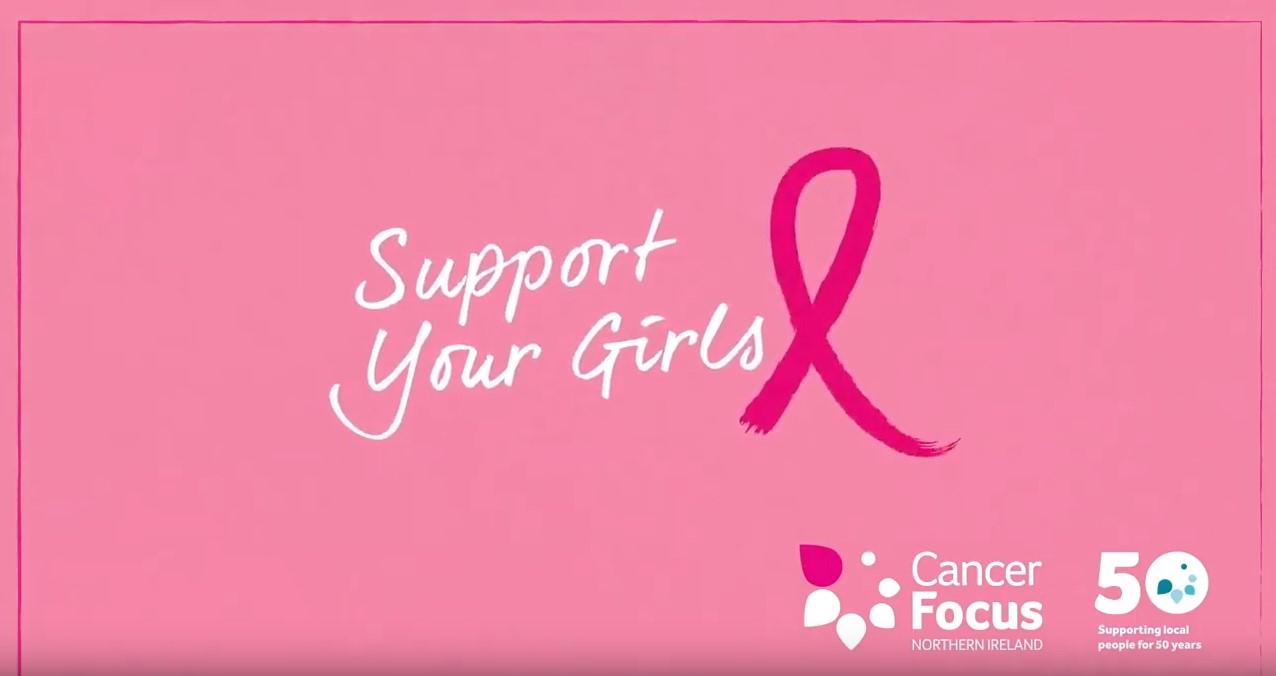How Is Lung Cancer Treated?
How is non-small cell lung cancer treated?
Surgery
The aim of surgery is to remove the part of the lung containing cancer or even an entire lung. If the cancer is found in one lung only – or in one lung with only lymph nodes close to the tumour involved – it may be possible to remove all the tumour by surgery. You may also have surgery to stage your cancer or to help manage your symptoms.
Radiotherapy
Radiotherapy can be used on its own or with other therapies to treat non-small cell lung cancer. It can also be used to control symptoms such as breathlessness or pain. Advanced radiotherapy treatments might be given to treat non-small cell lung cancer instead of surgery.
Radiofrequency ablation (RFA) and microwave ablation (MWA)
These treatments use heat to treat very early stage lung cancers for people who can’t have surgery or don’t want to have surgery. They may also be used to relieve breathlessness if the tumour is blocking an airway.
Chemotherapy
Chemotherapy is using drugs to cure or control cancer. Many lung cancer patients receive a combination of two or three chemotherapy drugs. Chemotherapy can be given before or after radiotherapy or surgery. Sometimes chemotherapy is given together with radiotherapy to make the radiotherapy work better. This is called chemoradiation. Chemotherapy can also be used to control symptoms.
Other drug treatments
There are drug treatments available that work with your body or use your immune system to help fight cancer cells.
Doctors can now test biopsy sample of cells from your tumour to see whether it will respond to certain targeted drug therapies. This is called molecular testing. Molecular testing is not recommended for everyone, your doctor will explain whether it is right for you and if these drugs would be helpful for your lung cancer.
If molecular testing shows that these drugs are not suitable for your lung cancer, your doctor will advise you about what other treatments you can have. Remember this does not mean that you are not getting the best treatment. Every patient with lung cancer is different and your doctor will advise you what drugs are best for you and your disease.
Treating side-effects and symptoms
Possible side-effects and symptoms include:
- Blocked airway
- Shortness of breath (dyspnoea)
- Fluid on the lungs (pleural effusion)
- Cough
- Pain
- Fatigue
- Blocked vein (superior vena cava obstruction)
Read about these lung cancer symptoms and how they’re treated. Tell your medical team if you have these or any other side-effects or symptoms.
How is small cell lung cancer treated?
Chemotherapy
This is the main treatment. You may have treatment to prevent the small-cell lung cancer from spreading as a precaution, even if the signs of spread haven’t shown up on your scans yet. The chemotherapy is given to help you live longer with better control of your symptoms. Usually two or three drugs are used.
Radiotherapy
External beam radiotherapy uses high-energy rays to kill cancer cells. Stereotactic radiotherapy is a more precise way of giving radiotherapy.
Radiotherapy and chemotherapy together (chemoradiation) or having radiotherapy after chemotherapy may improve the results of treatment. Radiotherapy may also be used to relieve symptoms such as pain or to shrink tumours that have spread to other parts of your body, such as your brain.
Sometimes, if you have responded very well to chemotherapy, radiotherapy is given to your brain to reduce the risk of the cancer spreading there. This is called prophylactic cranial irradiation (PCI). Radiotherapy is used for the brain because most chemotherapy drugs cannot pass into the brain.
This therapy is given over a number of doses, called fractions. When having radiotherapy to the head, a mask may be used to ensure that you keep still. Side effects for PCI are usually mild but may include hair loss, memory loss, fatigue, headaches, and skin changes.
Surgery
Surgery is rarely used to treat small cell lung cancer. But if the tumour is very small and found in one lung only, surgery may be possible.
Treating metastatic cancer
Treatment for metastatic cancer may help to reduce symptoms, make you feel better, and sometimes can help you to live longer. Your doctor might offer you a choice of treatments such as chemotherapy, radiation or targeted therapy. It is best to discuss the advantages and disadvantages of each treatment with them and how it will have an impact on your quality of life.





